If a quality program could remove $320 billion in annual spend while also benefitting underserved communities, there’s no doubt everyone would express their support for it.
As it turns out, that’s a fair estimate of the excess costs that health inequities are adding to the system today. It’s a number that could reach $1 trillion in less than 20 years — one-quarter of what we currently spend on healthcare overall.
Such health inequities are unfair disadvantages in the machinery of the nation’s healthcare system that impact an individual’s opportunity to achieve good health. When a patient is unable to find a network doctor who speaks their language, for example, or is unable to follow through with treatment because the nearest specialist’s office is just too far away, that individual doesn’t have the same opportunity to access to affordable, high-quality care as an individual who does.

Most concerning is that inequities cause poor health status, which often leads to avoidable downstream costs. People of color and low-income communities experience the greatest lack of health equity with substantial barriers to accessing high-quality care.
Possible barriers are many and may include:
· Lack of health insurance or underinsurance
· Unaffordable out-of-pocket treatment costs
· Lack of providers within a reasonable geographic distance
· Lack of providers with available appointments
· Lack of transportation to in-person appointments
· Challenges with childcare or work schedules during appointment times
· Lack of devices or broadband service to take advantage of virtual care
· Need for health literacy or access to personalized supports
· Physical or cognitive impairment that makes navigating delivery system logistics difficult
· Language and cultural barriers that impact the relationship between patient and provider
Health Equity Comes Into Focus
Whether it’s the cost factor, motivation to better care for communities, or some other important driver, healthcare leaders are turning more attention to health equity efforts. Their goal is to ensure everyone — regardless of race, ethnicity, or socioeconomic factors — has an equal opportunity to be as healthy as possible.
New initiatives led by policymakers, payers, providers, accreditors, and quality organizations seek to remove barriers and eliminate systemwide disparities that adversely affect underserved groups of people. That means solving for the full range of issues at the macro level.
Access is one of the persistent barriers that network builders have the power to address with a thoughtful strategy that’s calibrated for health equity. As they balance the fundamental value propositions among the providers they contract with, they also might consider their providers’ ethnicity, race, and languages spoken. It’s a matter of meeting diverse member needs with greater precision by changing the contours of the network for the better.
Cultural competency among providers can translate to better care because race, socioeconomics, health literacy, and other factors can influence patient preferences for how they want to receive services as well as their willingness to follow treatment plans. These factors also may influence who might participate in an individual’s healthcare decision-making process. Failing to address these issues sensitively and sincerely may also lead to poor patient satisfaction that deters individuals from seeking necessary care.
Why Now?
Demographic changes, industry trends, and policy moves have elevated the urgency of correcting health equity challenges. Recent J2 Health research provides a sketch of the current landscape, noting that equity has come to the forefront as America itself is becoming more diverse.
While the majority of providers in the U.S. identify as white, America’s population has become increasingly diverse since 1950. And that’s a trend likely to continue until it reaches a tipping point in 2045 when the group of non-white individuals becomes larger than the white population. Recognizing this increased diversity, network builders have the opportunity to leverage data to align diverse member needs with network features.
Beyond demographics, industry trends are also demanding the examination of health outcomes to address care gaps on a more granular level. Healthcare’s value-based payment models are incentivizing providers and Medicare Advantage plans to look more deeply at population health so they can design quality programs that produce results. Within that deeper look, inequities among racial and socioeconomic members become more apparent.
An increased focus on health equity is showing up in policymaking. Payer organizations must begin planning for potential network adequacy regulations that require culturally competent networks. Several states are already moving in this direction, and CMS has outlined a larger framework to improve equity for public programs.
Why Is Health Equity So Challenging?
The trouble with addressing health equity is that it’s often difficult to identify where imbalances may exist. Few organizations have the baseline data they need to get a solid program off the ground, although the information deficit is slowly improving.
For example, some payers are lacking in data on race, ethnicity, socioeconomic factors, and other determinants for their members. Among the 14.5 million people enrolled in marketplace plans in 2022, managed care organizations are missing race/ethnicity data for 34% of those members.
The same is true for provider information. The American Association of Medical Colleges notes the absence of data on race/ethnicity for nearly 14% of today’s active providers. However, the gap could be much greater for specific plan networks and their geographic service areas. Accurate provider data is one of the most helpful features for building networks with health equity in mind.
Without appropriate member and provider data for their health equity initiatives, payer organizations could be guessing at targets and approaches or potentially doing more harm than good. Knowing that inequities have cultural and societal features that are tough to quantify, network builders should be part of the larger health equity discussions within their enterprises.
As the healthcare system makes progress in delivering equitable, appropriate services, payer organizations can also be part of the solution. To ensure access to respectful care services responsive to their member population’s diverse needs, payers must incorporates some of these demographic and culturally competent metrics into their network strategy.
—-
J2 Health is a cloud-based software solution that enables health organizations to build their best provider networks with focus and speed. Centralizing key access, performance, & marketability insights into one solution, J2 allows organizations to accomplish in seconds what previously took weeks. Contact us to learn more today!





